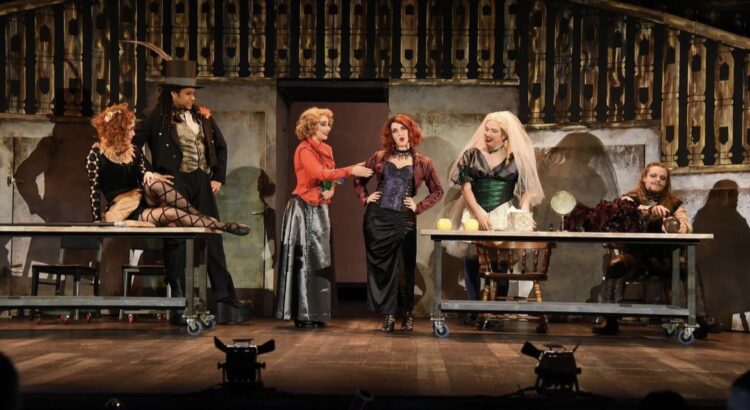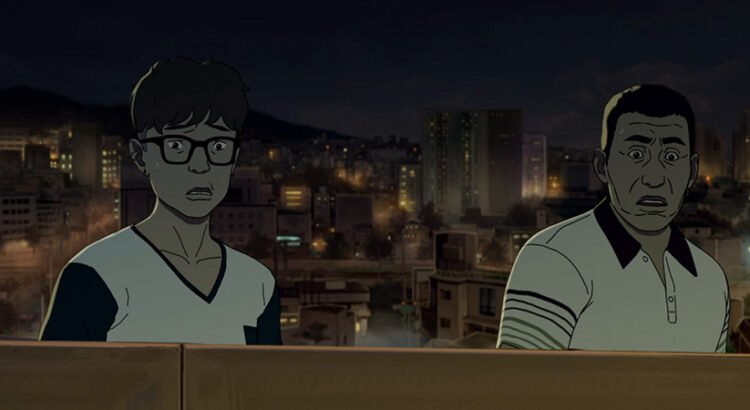Right after watching “The Texas Chain Saw Massacre,” and right before a sleepless night of terror and anxiety, I had an argument with my friend. From my perspective, the film is a perfectly-constructed yet meaningless slasher movie exploiting an understanding of human psychology to menace audiences for no real reason. As Roger Ebert said back in his 1974 review, “it’s simply an exercise in terror.” From my friend’s perspective, the film is a master class of storytelling and theme, harnessing the horror genre as a vehicle through which to express family infighting, fear of disability, and the inherent dread of living in small-town Texas.
I wasn’t buying that – what about the movie’s constant reversal back to tired old horror tropes to express these themes? That doesn’t strike me as very creative, or very revolutionary. “Abigail,” my friend said, looking at me like I just told her Marvel movies are the height of cinema, “‘The Texas Chain Saw Massacre’ invented those tropes.”
Released in 1974 by director Tobe Hooper, “The Texas Chain Saw Massacre” is the prototype of horror movie filmmaking that Gen Z’ers like me already know in our bones. In Tropedia, a wiki for artistic tropes, the movie is credited as a “Trope Maker,” the first example of themes that would eventually become wildly familiar. The movie follows Sally and her wheelchair-bound brother Franklin, who are traveling, along with three friends, through rural Texas to visit their grandfather’s grave. They’re on this road trip because of a string of grisly grave robberies that have been terrorizing and mystifying the town.
Things get weird quick. The squad soon picks up a scary hitchhiker, who seems mentally ill and cuts Franklin with a knife. When they run out of gas and stop at a gas station, it is suspiciously out of fuel. After deciding to knock on a nearby dilapidated-looking house for help, the group is confronted by Leatherface, a deranged murderer, and his three cannibalistic accomplices. The group kills the kids off one-by-one, with only Sally emerging alive but traumatized.
For the scaredy-cat in me, that plot is riveting enough. But for the snobby film reviewer, I’m amazed to watch the first seeds of the modern horror genre being planted. The abiding horror of remote southern towns? Sounds a lot like “Children of the Corn.” A group of rowdy youngins being picked off by a murderer? “Scream,” “Friday the 13th,” and “A Nightmare on Elm Street” come to mind. That murderer using a chainsaw to run down his victims…does that remind anyone else of “American Psycho”?
Few movies are remembered for both spawning a whole genre and perfect cinematography. Shot after shot in “The Texas Chain Saw Massacre,” the tension is stretched, streeetched, streeeeetched – and then breaks. In one memorable scene, the camera zooms in on Sally’s terrified, vividly-green eyes as her assailants feast on human flesh around an elegant dinner table. “Yes please,” say artistic giants like Ridley Scott, Guillermo del Toro, Stephen King, and Quentin Tarantino, who have all praised and drawn inspiration from the film. This is the stuff of nightmares. And of history.









